
Renewable Development Blockers
It is a tragedy how many renewable energy projects fail. It is even worse, as in many cases there is alignment in theory among all stakeholders to get a renewable project built and yet they still fail.
The hard truth is that renewable development is failing to reach its potential. With a <20% success rate for renewable projects with an interconnection queue position, we must confront the blockers to development head-on to have any hope of increasing the rate of successful development.
In a state like New York, there is a need for 20 GW of new renewable generation by 2030 to hit state commitments. Is this possible? Taking the NYISO report’s own summary:
- To reach the 2030 20GW renewable target, we need to deploy 2.8GWs/year
- In the past 5 years, NY added 2.6 GW of power plants for a rate of 0.5 GWs/year.
- We need to achieve 5x the rate of historic annual deployment each and every year to hit the state’s target. This “demonstrates… an unprecedented pace of project deployment.”
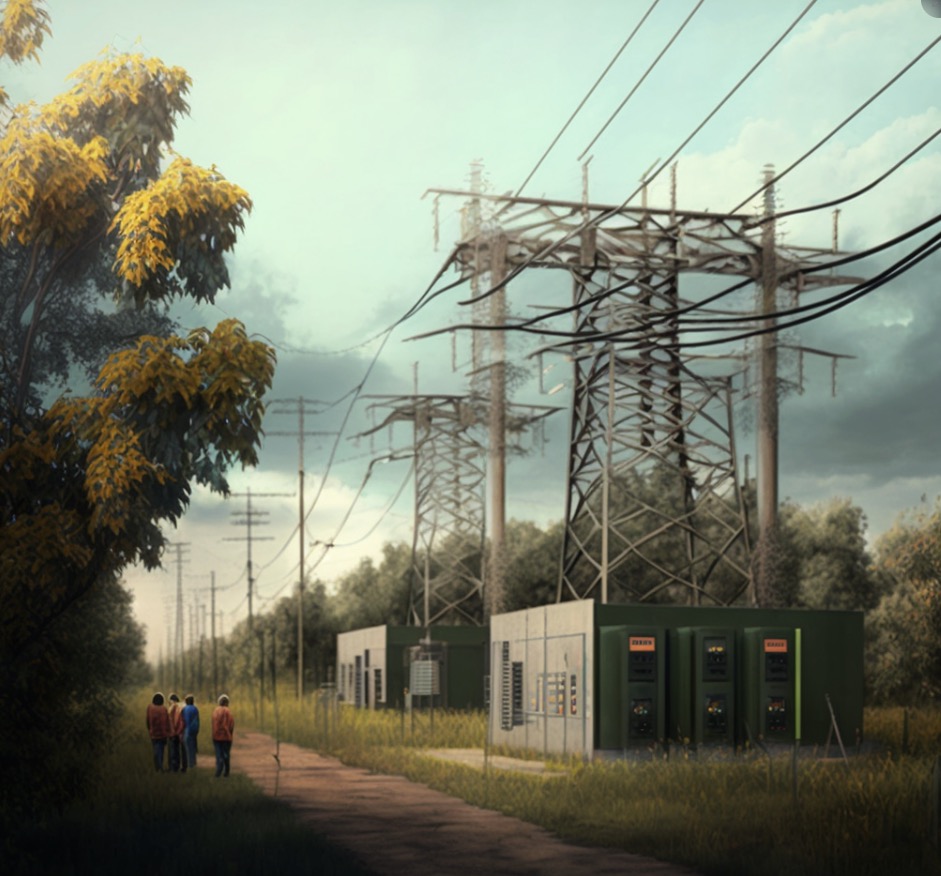
How are we doing? We are already behind. If we look at post-NTP projects in the NY queue, there are ~1.8GWs of renewables that should come online in the next 24 months. The numbers are no better in the other states we have completed analysis. To hit renewable energy deployment targets there needs to be a radical rethinking of our collective approach. We all need to do way more and not settle for mere improvement over renewable deployment, but demand outperformance.
Thankfully NY state just acted by passing the Build Public Renewables Act (BPRA). BPRA enables the New York Power Authority, the nation’s largest publicly owned power provider, to perform a review on whether New York is on track to reach the 2030 renewable energy goal. If it’s not (such as in every year so far) NYPA will step in to build enough energy to make up the gap, and keep NY on track. This is the sort of big action that is needed across the country, but for those places where statewide action of this type is less likely, what can we do to get more projects developed?
Paces polled a large number of renewable developers to understand the main blockers responsible for project failures. These blockers to renewable development include:
- A lack of insight on where there is grid capacity
- Unclear zoning codes
- Long interconnection queues
- Motivated NIMBY groups
- Environmental reviews that do not take into account long term climate impact
- Complex financing requirements

Some of these blockers are the result of explicit decisions made by various stakeholders to block renewables. Others are an outcome of organizational structure or inertia. We are actively working with stakeholders across the development life cycle to commit to:
- Identifying the specific responsibility and impact they have on the renewable development lifecycle and any blockers they control which slows down projects
- In 2023, publicly announce that they will remove one major blocker that they have control over
- Publicly announce when that blocker is removed
- Publicly announce no more than 1 quarter later the impact of that blocker being removed in terms of project success rates
At Paces, we are incredibly motivated to increase the success rate of renewable projects across the country. Like many of our project developer users, we are a small and focused team working to make things better every day. We are unapologetically committed to mitigating climate change through optimal land use, and are willing to work hard with stakeholders to get projects built.
We are tracking why projects fail and the specific stakeholders and blockers that caused that failure. Through this transparency we aim to help every stakeholder across the development process make the pro-renewable and pro-planet decision. We will partner with anyone who aligns with the goal of increasing the number of renewable projects being built and so we encourage you to take action. Please also reach out to me with any ideas on how we can as a collective remove the blockers to development.
More articles
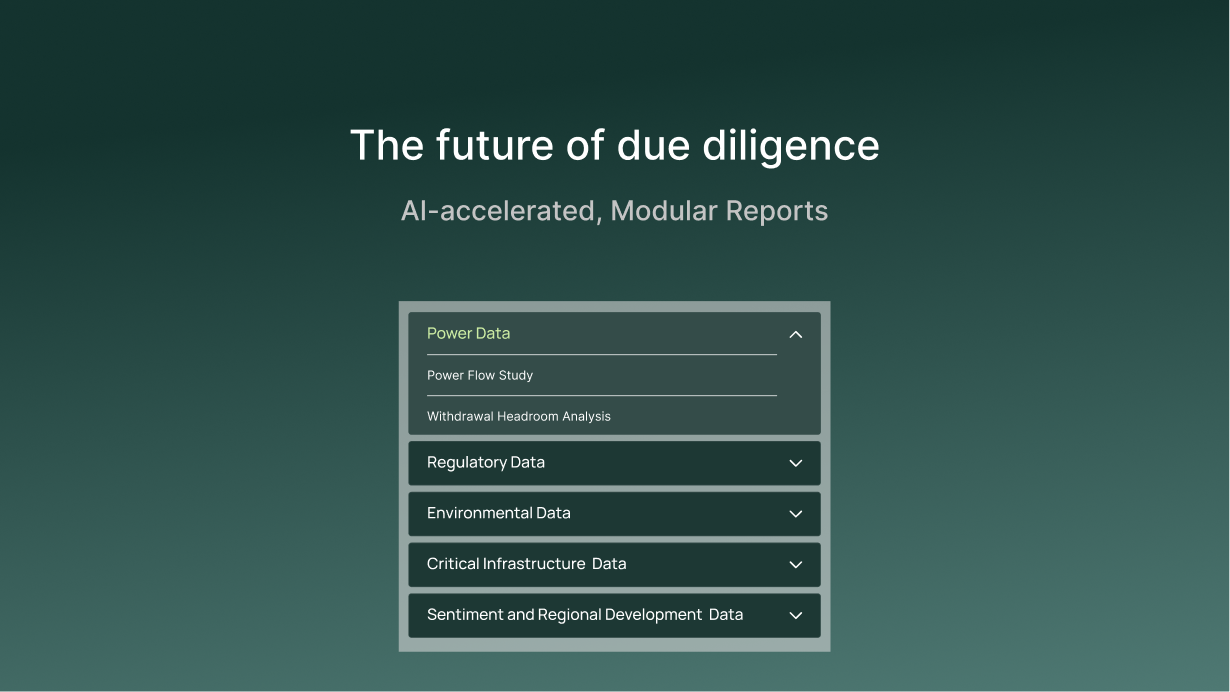
The future of due diligence: AI-accelerated, Modular Reports

The future of due diligence: AI-accelerated, Modular Reports



Faster development starts with better intelligence: Inside Paces Automated Reports

Faster development starts with better intelligence: Inside Paces Automated Reports



Beyond the headlines: What DOE's FERC directive really means for your project

Beyond the headlines: What DOE's FERC directive really means for your project



The One-Person, Billion-Dollar Power Development Company

The One-Person, Billion-Dollar Power Development Company


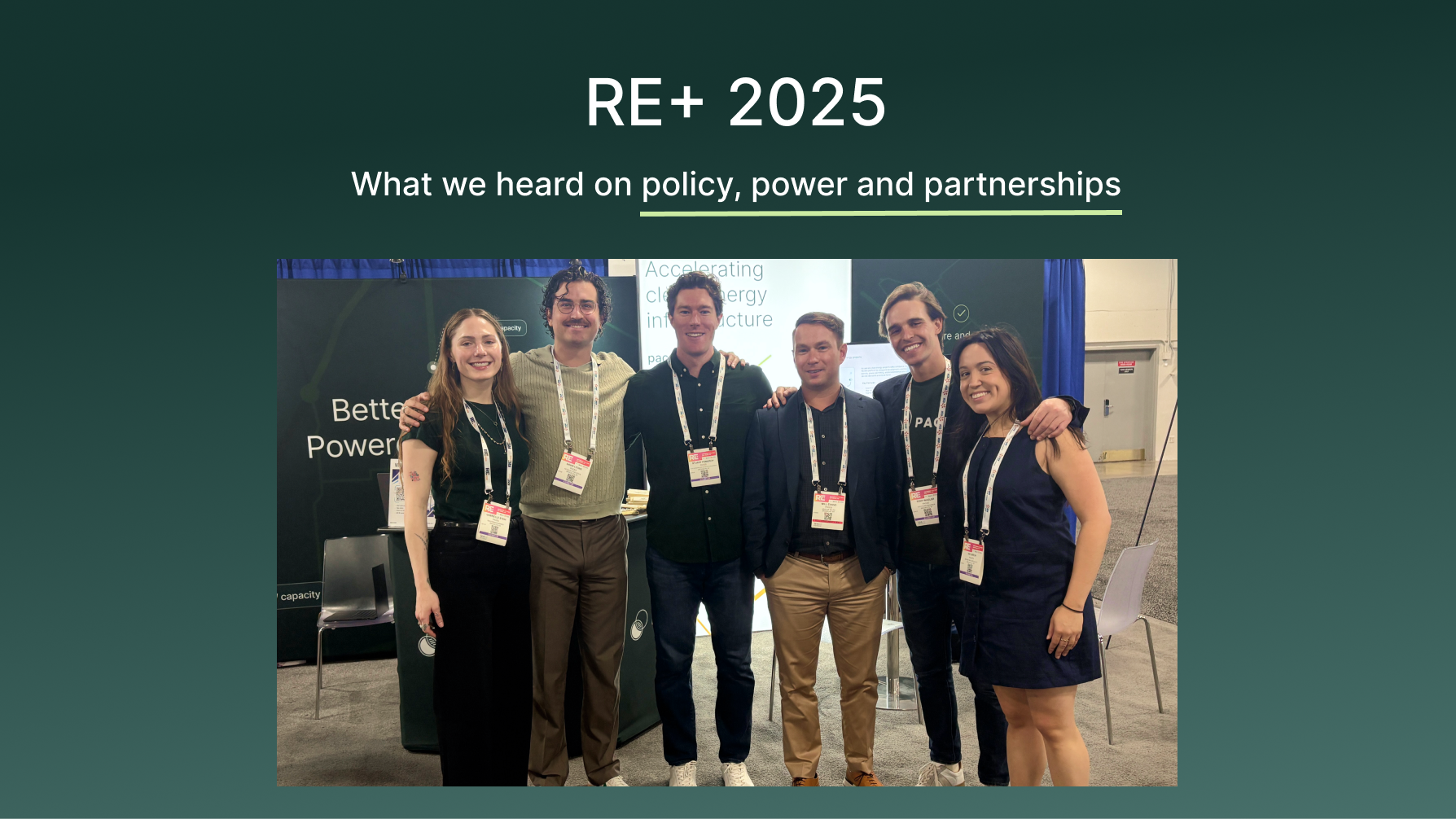
RE+ 2025: What we heard on policy, power, and partnerships

RE+ 2025: What we heard on policy, power, and partnerships



Do Not Wait and See: A 30-Month Sprint Playbook after OBBBA

Do Not Wait and See: A 30-Month Sprint Playbook after OBBBA


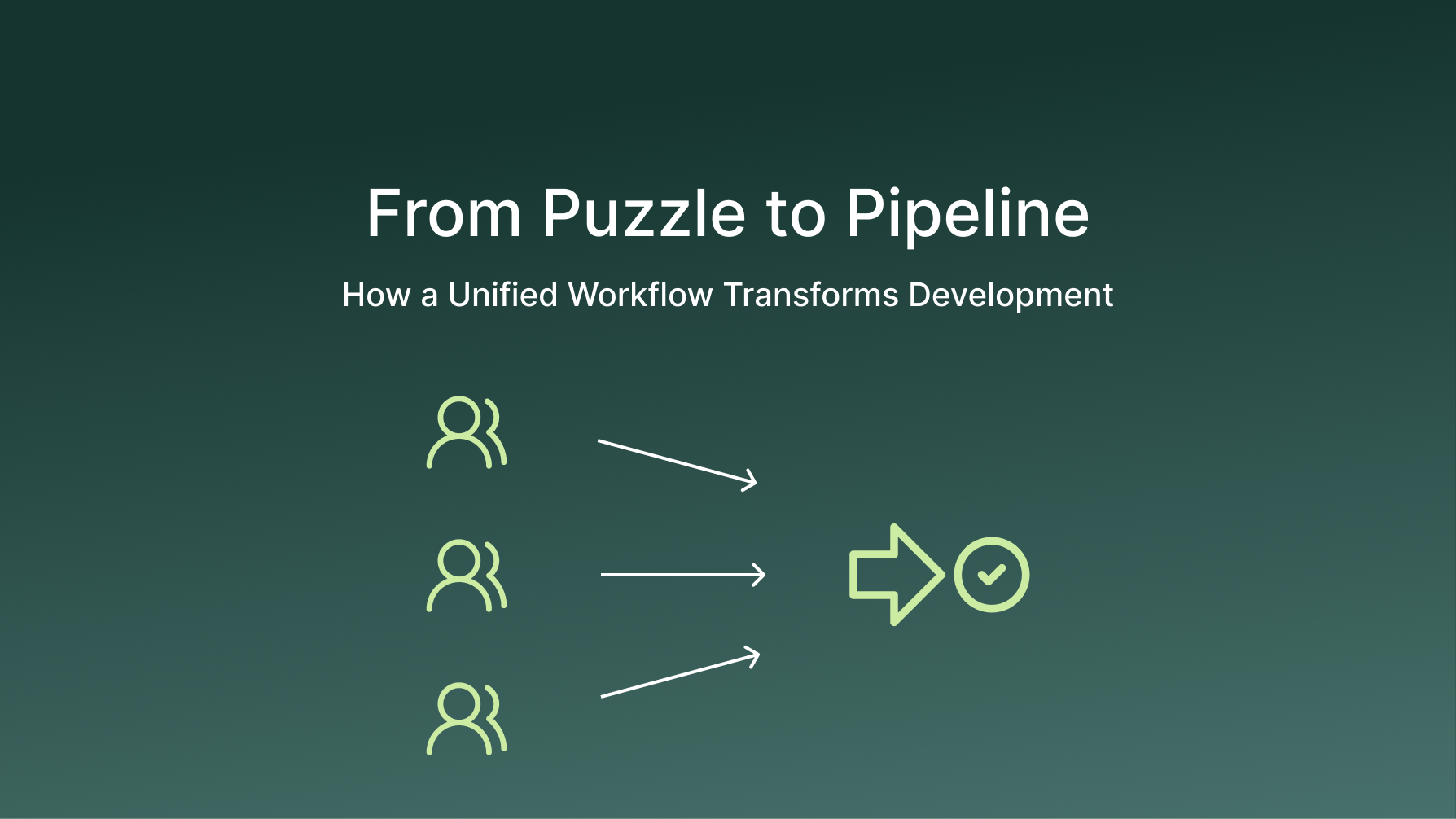
From puzzle to pipeline: how a unified workflow transforms development

From puzzle to pipeline: how a unified workflow transforms development


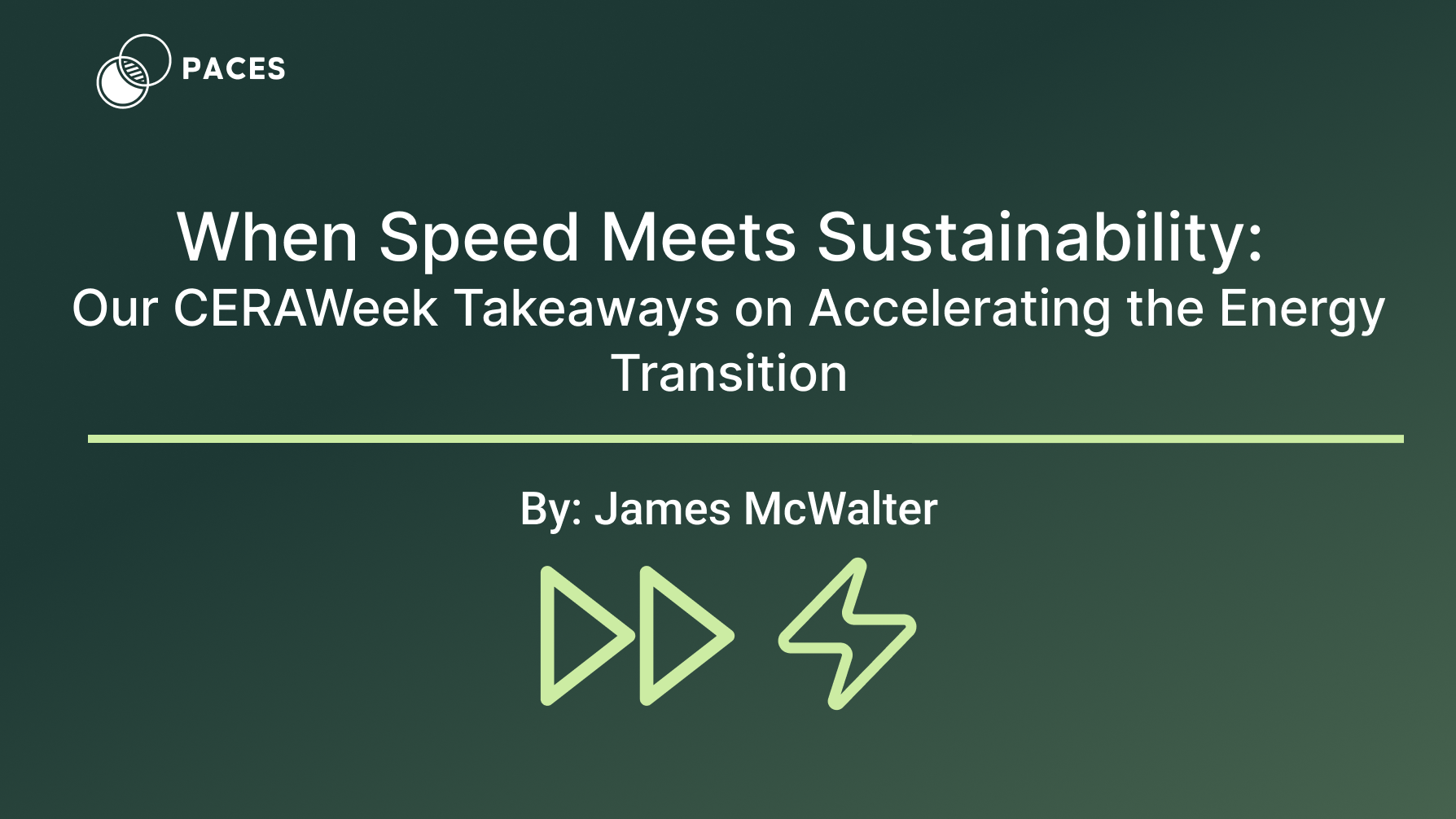
When Speed Meets Sustainability: Our CERAWeek Takeaways on Accelerating the Energy Transition

When Speed Meets Sustainability: Our CERAWeek Takeaways on Accelerating the Energy Transition



Introducing the Accelerated Development Framework

Introducing the Accelerated Development Framework



A Look Back and the Road Ahead for 2025

A Look Back and the Road Ahead for 2025



The Critical Role of Clean Energy in the AI Revolution

The Critical Role of Clean Energy in the AI Revolution


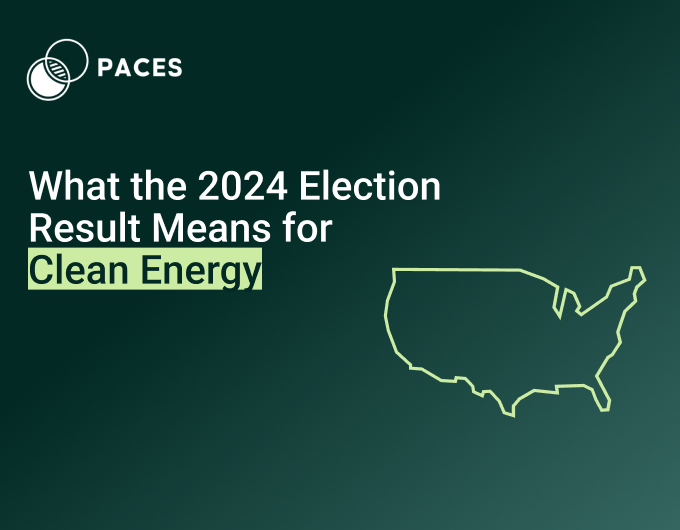
Paces's Take: What the 2024 Election Result Means for Clean Energy

Paces's Take: What the 2024 Election Result Means for Clean Energy


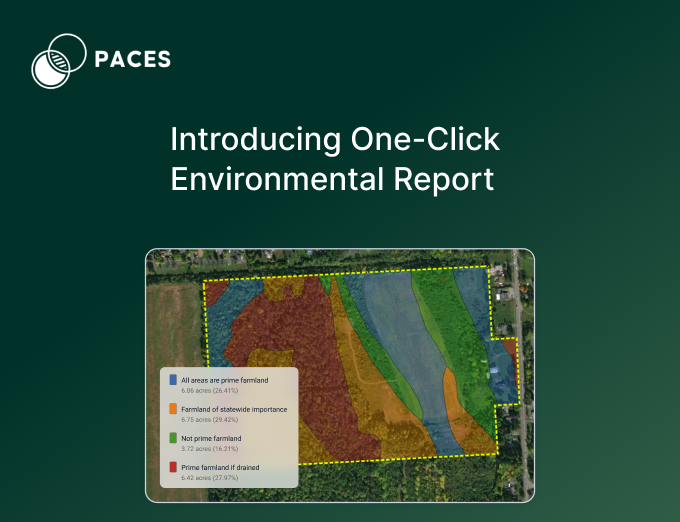
Why We Built the Environmental Reports: Saving Time, Reducing Effort, and Empowering Teams

Why We Built the Environmental Reports: Saving Time, Reducing Effort, and Empowering Teams



Solar Energy Adoption in NY vs. PA

Solar Energy Adoption in NY vs. PA



Siting the Needle in a Haystack: Solar Permitting in Glenn County, CA

Siting the Needle in a Haystack: Solar Permitting in Glenn County, CA


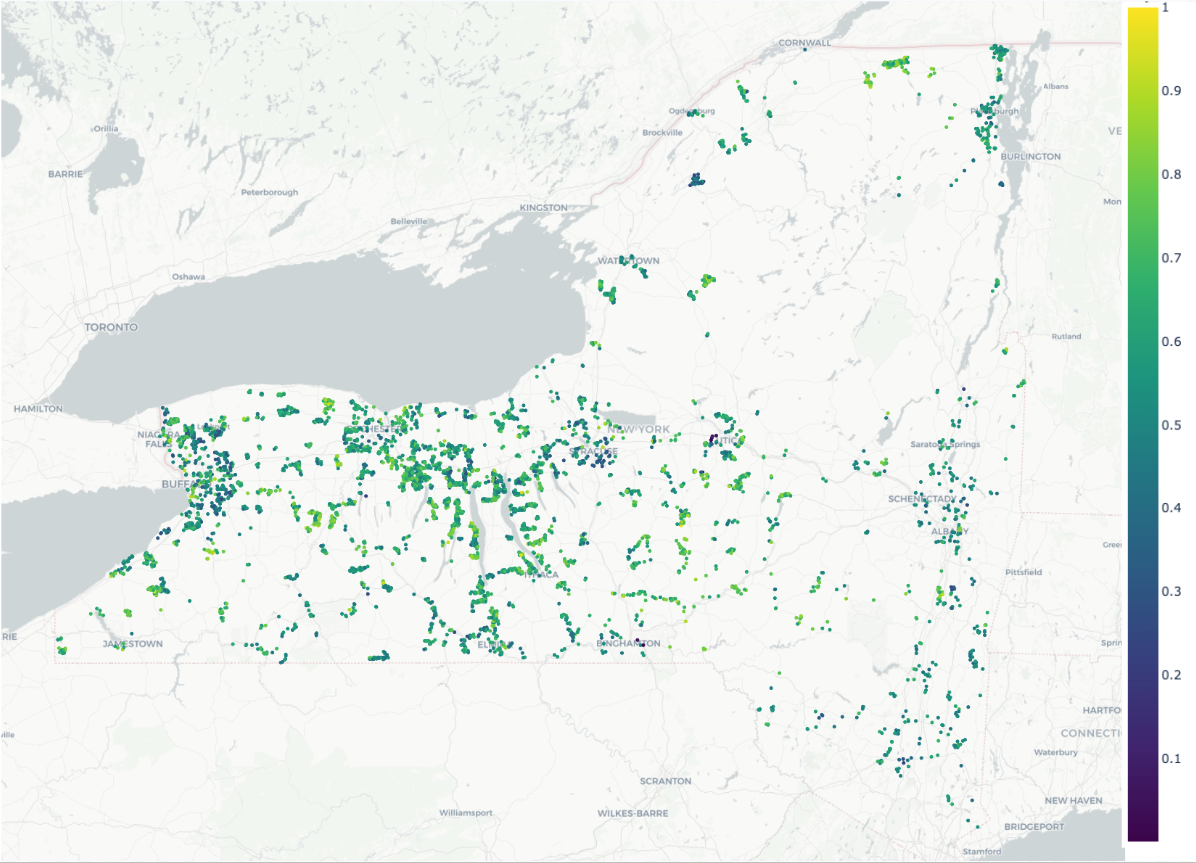
10 GW by 2030: Sizing the New York Community Solar Market from the Local Ordinance Up

10 GW by 2030: Sizing the New York Community Solar Market from the Local Ordinance Up



Quantifying Solar Permitting Risk with Large Language Models

Quantifying Solar Permitting Risk with Large Language Models


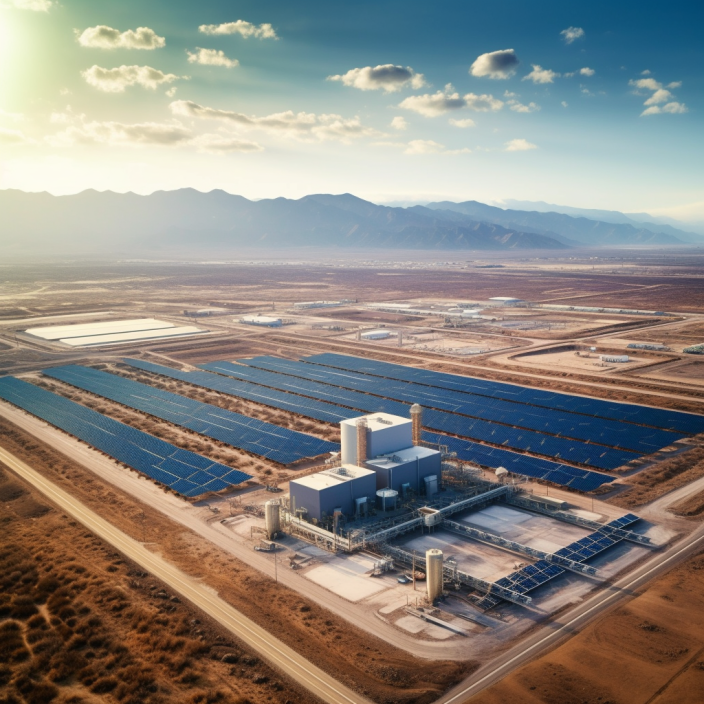
From Brownfields to Brightfields

From Brownfields to Brightfields



From Sheep Farms to Solar Farms

From Sheep Farms to Solar Farms


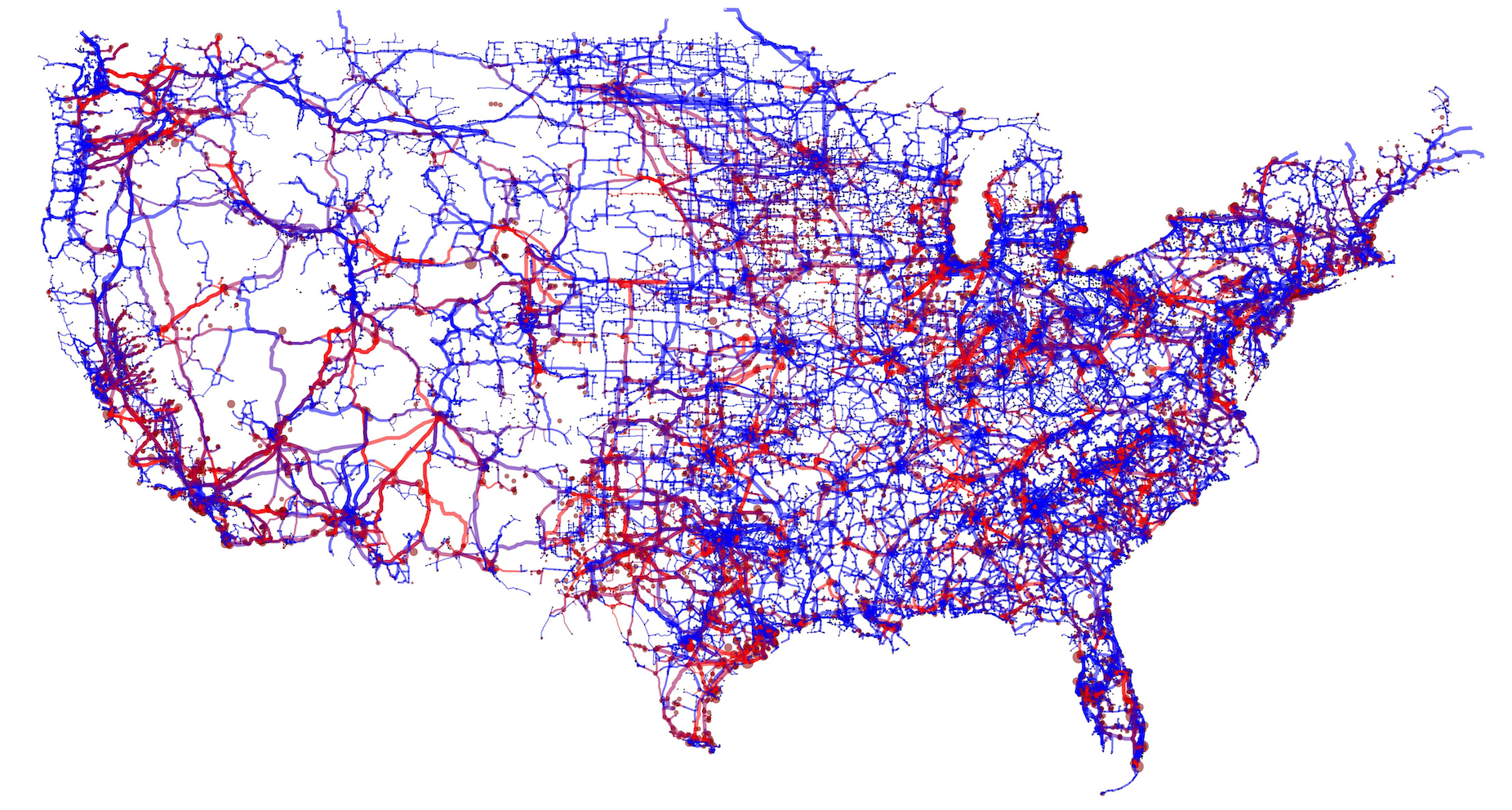
Evolution at the Edge: Renewables and the Spatial Configuration of the Grid

Evolution at the Edge: Renewables and the Spatial Configuration of the Grid



Renewable Development Blockers

Renewable Development Blockers



Cofounder Charles Bai is a Forbes 30 Under 30!

Cofounder Charles Bai is a Forbes 30 Under 30!


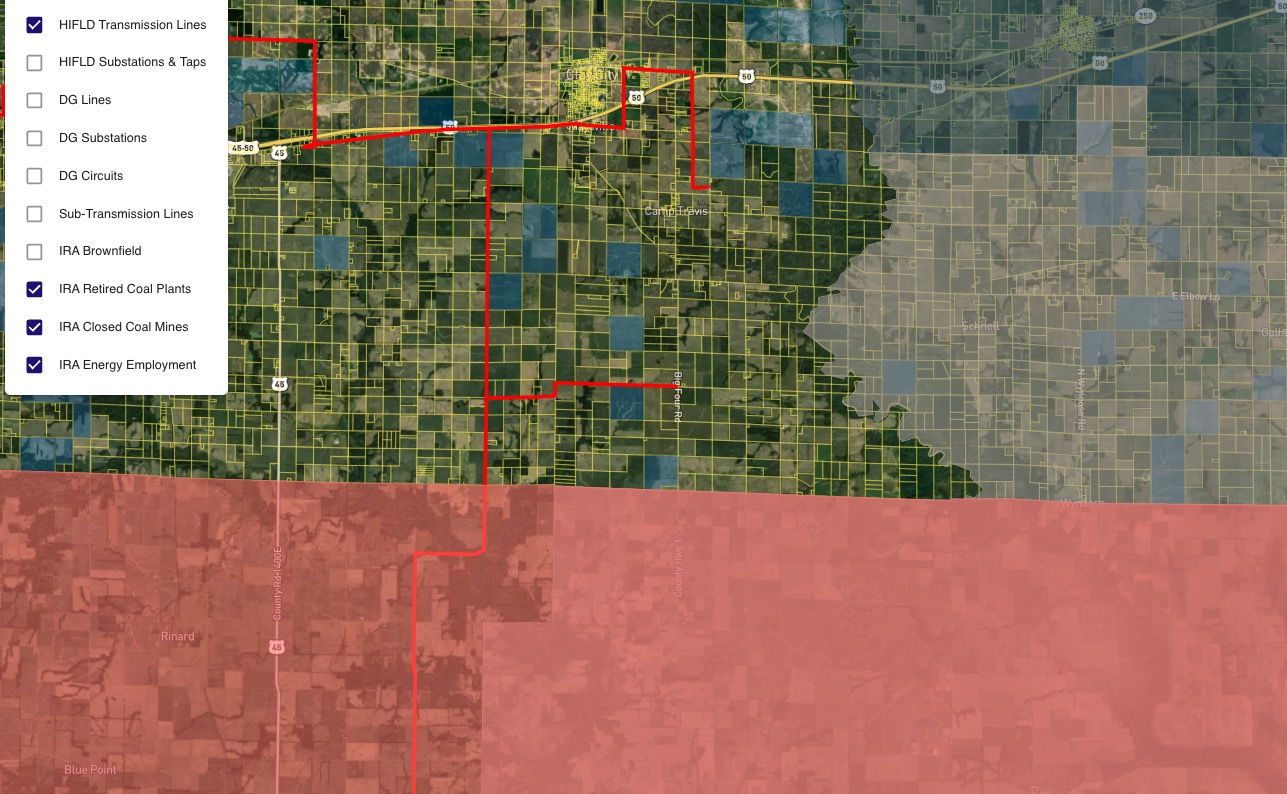
Inflation Reduction Act: Energy Community

Inflation Reduction Act: Energy Community


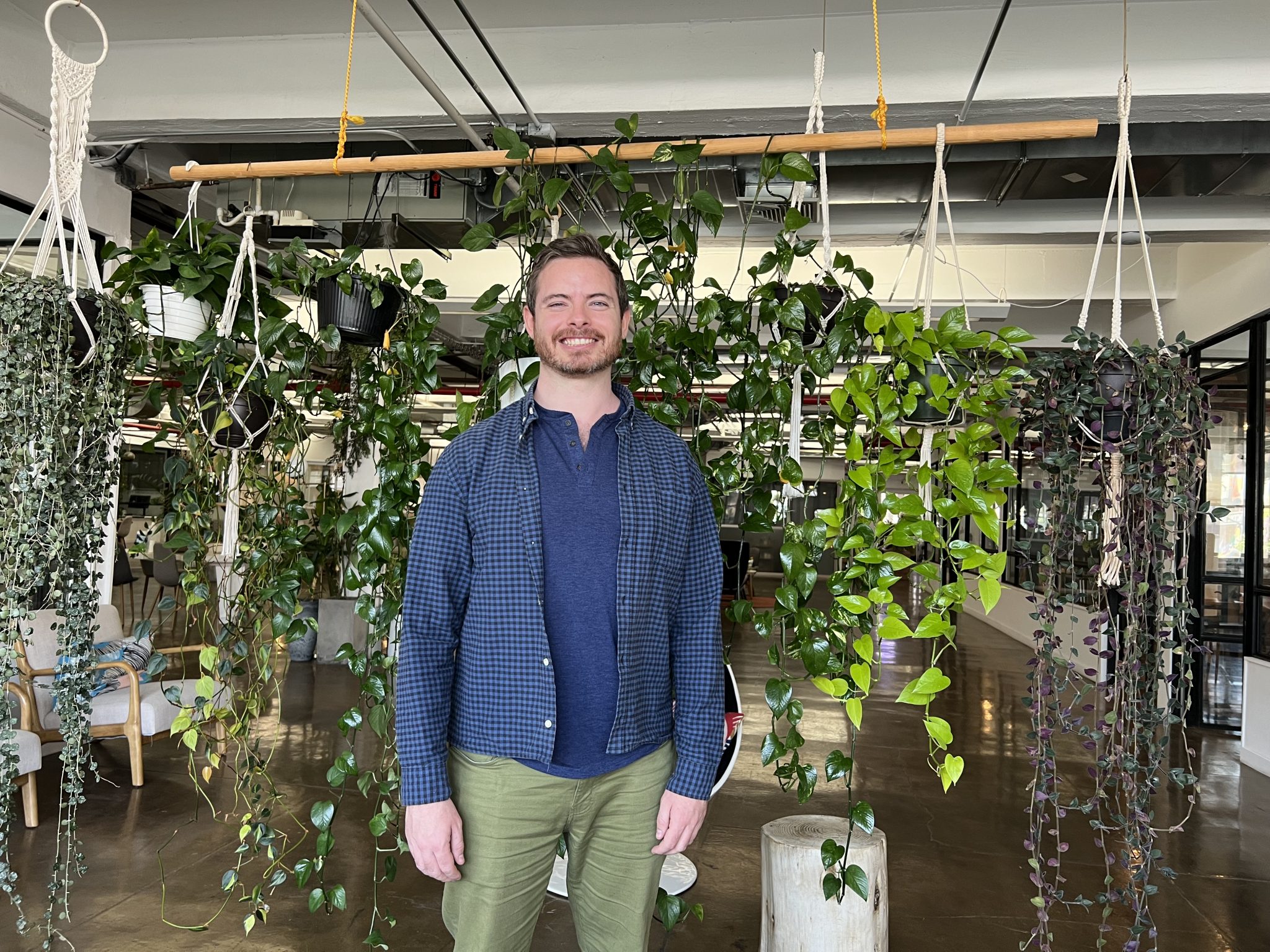
Paces Featured on Founder to Founder!

Paces Featured on Founder to Founder!


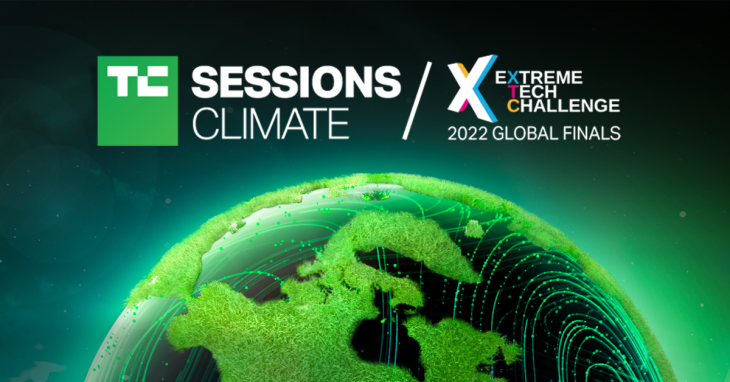
Paces @ TechCrunch Climate 2022

Paces @ TechCrunch Climate 2022



Paces Joins Y Combinator Summer Batch 2022

Paces Joins Y Combinator Summer Batch 2022



Paces Featured in Forbes!

Paces Featured in Forbes!



Paces Launch Podcast

Paces Launch Podcast


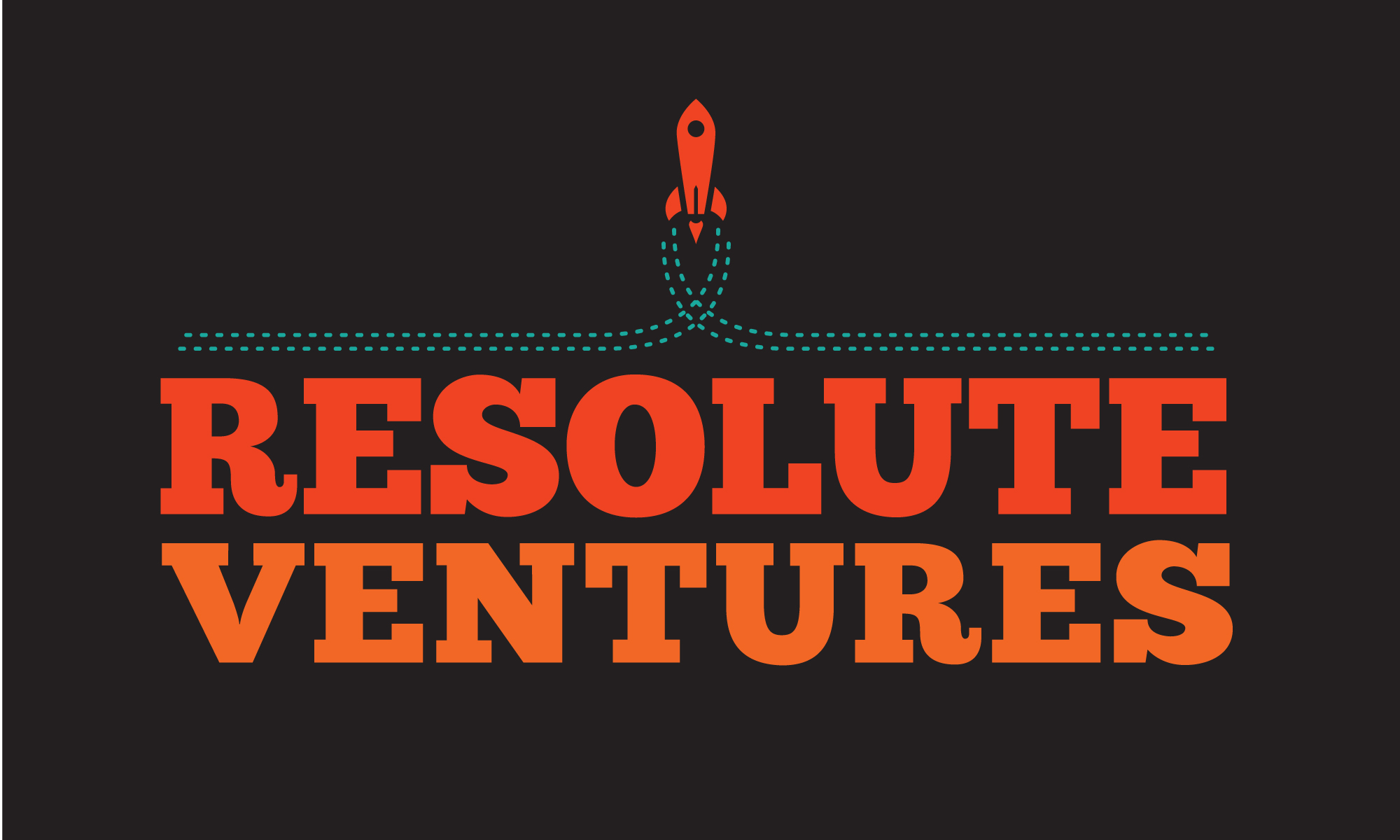
Green Infrastructure Data Platform Paces raises $1.9M Pre-Seed led by Resolute Ventures

Green Infrastructure Data Platform Paces raises $1.9M Pre-Seed led by Resolute Ventures


Sign up for emails
Find the right sites faster, assess feasibility with world class data, and track progress across your entire project pipeline with software built to compress your workflow.

